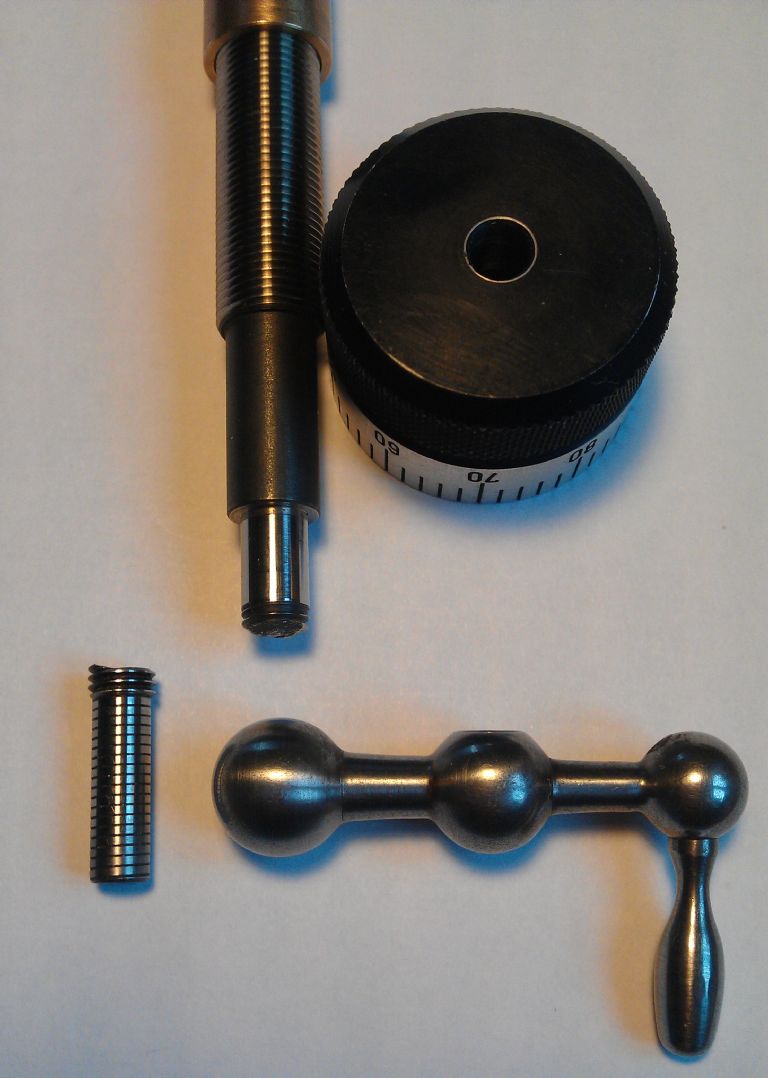Any ideas how to repair broken leadscrew
Any ideas how to repair broken leadscrew
- This topic has 12 replies, 6 voices, and was last updated 9 April 2012 at 12:41 by
Richard Parsons.
Viewing 13 posts - 1 through 13 (of 13 total)
Viewing 13 posts - 1 through 13 (of 13 total)
- Please log in to reply to this topic. Registering is free and easy using the links on the menu at the top of this page.
Latest Replies
Viewing 25 topics - 1 through 25 (of 25 total)
-
- Topic
- Voices
- Last Post
Viewing 25 topics - 1 through 25 (of 25 total)



 part to take a 3/8" (0.375"
part to take a 3/8" (0.375"

